Research Report2017
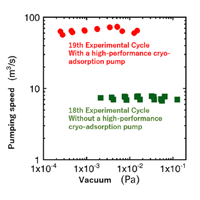
Realization of High-efficiency Pumping Using High-performance Cryo-adsorption Pumps: Evacuating Particles Collected at the Divertor in the Vacuum Chamber
In the Large Helical Device (LHD), after having evacuated the vacuum vessel by pump, we introduce hydrogen gas and produce a plasma. Evacuation is undertaken by a pump placed outside of the vacuum vessel (this is called the primary pump). ...
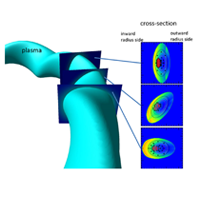
Research on the Fuel Supply through Pellet Injection: Optimization through the Supercomputer
In the future production of fusion energy, together with maintaining high-temperature plasma, from outside we will continue to supply hydrogen isotope (hereafter as hydrogen), which will become fuel, for continuing the fusion reaction. ...
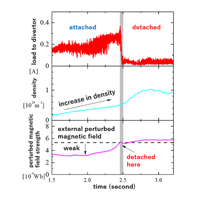
Producing Gentle Plasma for the Divertor: Many Magnetic Field Structures Seem Possible
In the Large Helical Device, the magnetic field container confines the hot plasma. The plasma particles gradually disperse toward the last closed flux surface area of the container. For this reason, plasma diffusing to the edge is led toward the divertor. ...
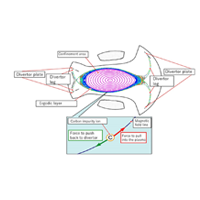
Impurities Flowing Away from Plasma: Observations of Impurity Screening Effects by Spectroscopic Measurements
In the Large Helical Device (LHD), a doughnut-shaped container is produced by magnetic field lines, and high-temperature plasma is confined. ...
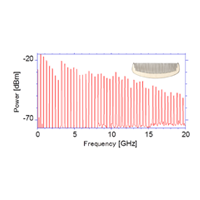
Measuring the Structure of Large Numbers of Turbulent Flows Using a Comb: Developing Diagnostics Using a Frequency Comb
It is thought that Japanese people too from ancient times have greatly enjoyed combs. You might feel strange if you hear that those combs are extremely helpful for investigating plasmas. ...
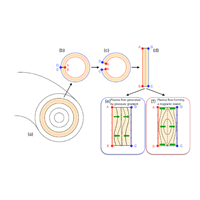
Examining the Magnetic Island Generation Mechanism through Simulations: Large Deformations Induce New Instabilities
We often hear that “the weather is unsettled” in the weather report. High-temperature plasma too is “unstable. ...
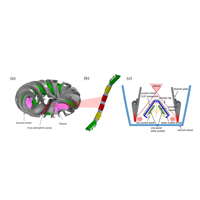
Success in enhancing performance of the cryogenic adsorption pump used in the divertor
The cryogenic adsorption pump (hereafter cryo-adsorption pump) uses carbon and has the special feature of being able to achieve large evacuation capacity even with a small size. ...
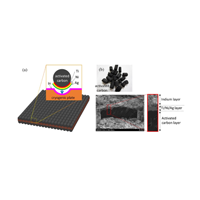
Effectively Evacuating Hydrogen Gas from Inside the Vacuum Vessel:Development of the Cryogenic Adsorption Pump for Evacuating System
In the Large Helical Device we produce plasma by introducing hydrogen gas into the vacuum vessel. Because the remaining hydrogen gas that did not become plasma reduces the plasma temperature, it must be evacuated to outside. ...
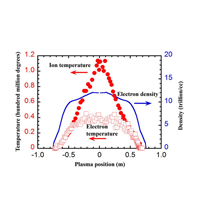
Ion temperature of one hundred million degrees achieved
In order to achieve burning plasma, it is necessary to steadily maintain high-temperature and high-density plasma. In plasma research conducted to date on the LHD, utilizing the special characteristics of helical-type magnetic confinement, we have demonstrated excellent qualities in steady-state operation and high-density plasma. ...
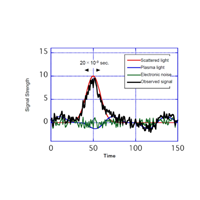
Measuring Temperature Accurately by Reducing Noise:Enhancing Thomson Scattering Diagnostics
The high temperature plasma generating devices around the world, including the Large Helical Device (LHD), utilize Thomson scattering diagnostics for measuring an electron temperature and electron density. ...
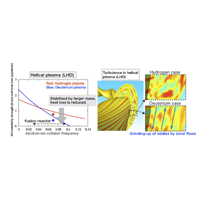
Suppression of Turbulence and Heat Loss by Deuterium Plasma:Physical Mechanisms Solved by Supercomputers
In achieving the generation of fusion energy, it is necessary to confine plasma over a long duration and to maintain the high-temperature condition that exceeds one hundred million degrees. ...

How do impurities move in tungsten?
One part of the vacuum vessel (the plasma facing material) of the fusion experimental device and future fusion reactor comes into contact with plasma. ...
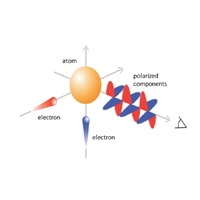
Investigating the Anisotropy of Plasma:Polarization Spectroscopy Diagnostics
Large Helical Device plasma is confined using the magnetic field. Electrons in the plasma move around the magnetic field lines, and their trajectory follows a helical shape. This is because the electrons move freely in the direction of the magnetic field, however, they circulate in a plane perpendicular to the magnetic field. ...
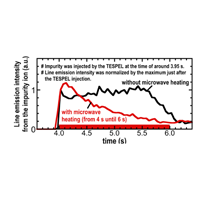
Expelling Impurities by Microwaves: A Method for Cleaning Plasma
In order to achieve fusion energy it is necessary to maintain a plasma at a sufficiently high temperature for the fusion reaction to occur over an extended period of time. ...
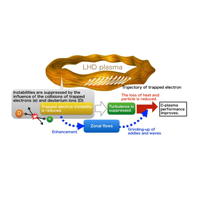
Clarifying the mechanism for suppressing turbulence through ion mass
Seeking to further improve plasma performance, from March 7, 2017, plasma experiments utilizing deuterium ions, which have twice the mass of hydrogen, were initiated in the Large Helical Device (LHD) at the National Institute for Fusion Science (NIFS). ...
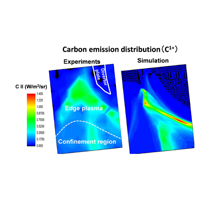
Toward an Understanding of Edge Plasma: Comparing Experiment and Numerical Simulation
In order to realize fusion energy, together with improving the performance of core plasma confined in the magnetic field cage it also is necessary to understand the behavior of edge plasma. ...
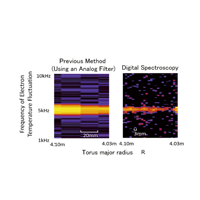
Detailed Measurements of Electron Temperature Fluctuations with Digital Spectroscopy: Electron Cyclotron Emission Measurement
When we discuss spectroscopy we think of light being separated into seven colors by a prism. We call the process of the light (electromagnetic wave) signal by digitalization digital spectroscopy. ...
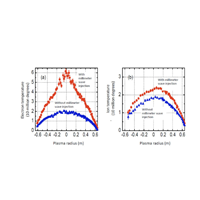
Heating Ions through Heat from Electrons: Heating Experiments Using High-Power High-Frequency Electromagnetic Waves
In the future fusion reactor, high-energy helium born from the fusion reaction of hydrogen isotopes will maintain the fusion reaction by heating plasma. ...
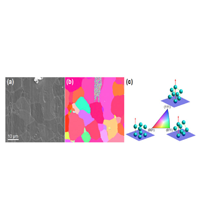
Plasma-Material Interaction Investigated by Electron Microscope: The Discovery of the Effect of Crystal Orientation
In the future fusion reactor, tungsten, which is hard and has a high melting point, is anticipated as the plasma facing material. ...
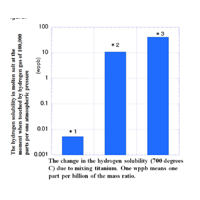
Confirming the Improvement of Hydrogen Solubility through the Mixing of Metallic Particles: Anticipating Application to the Coolants in the Fusion Reactor
In the future fusion reactor we will use deuterium and tritium (both are isotopes of hydrogen) as fuel, although tritium is almost non-existent in nature. ...
